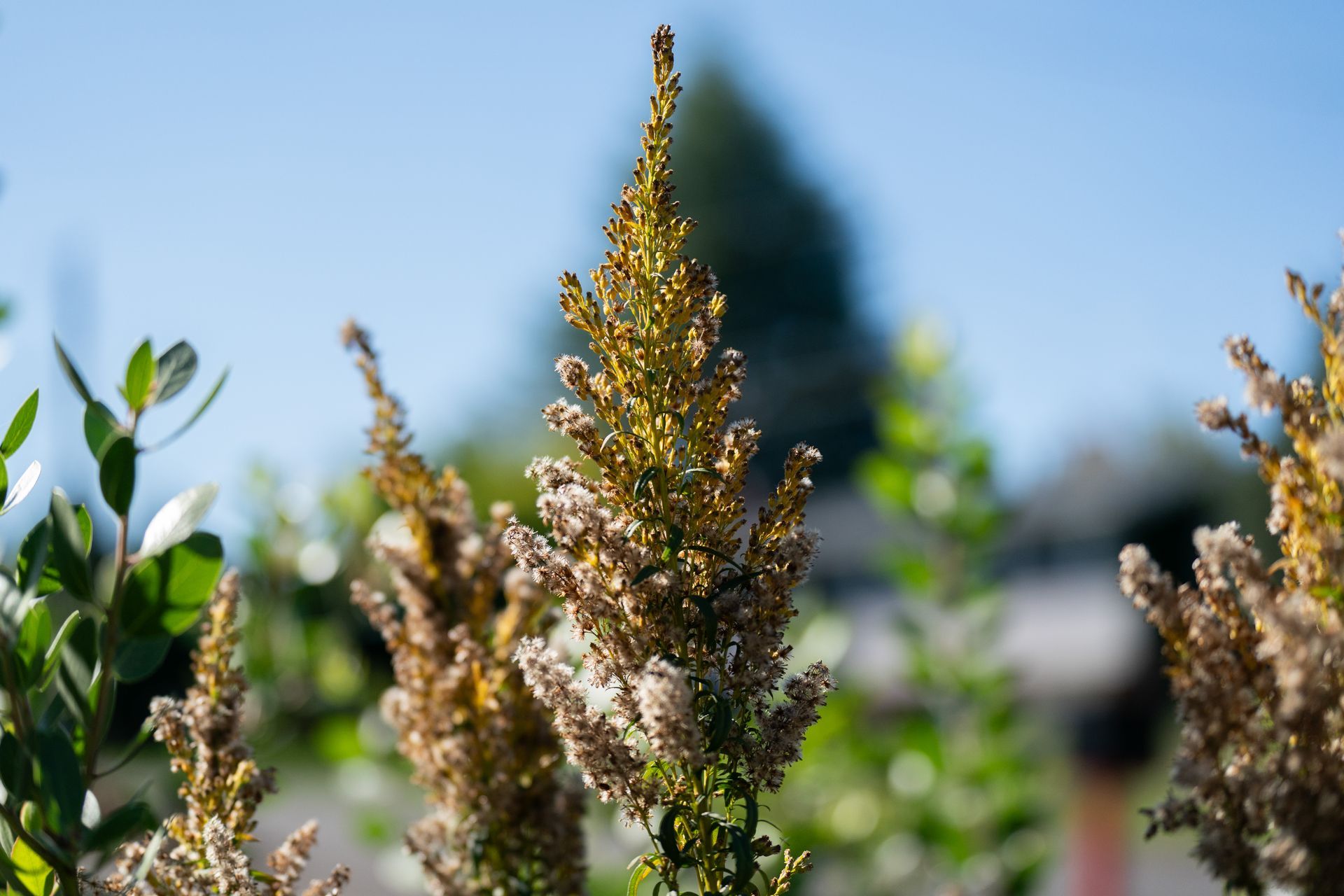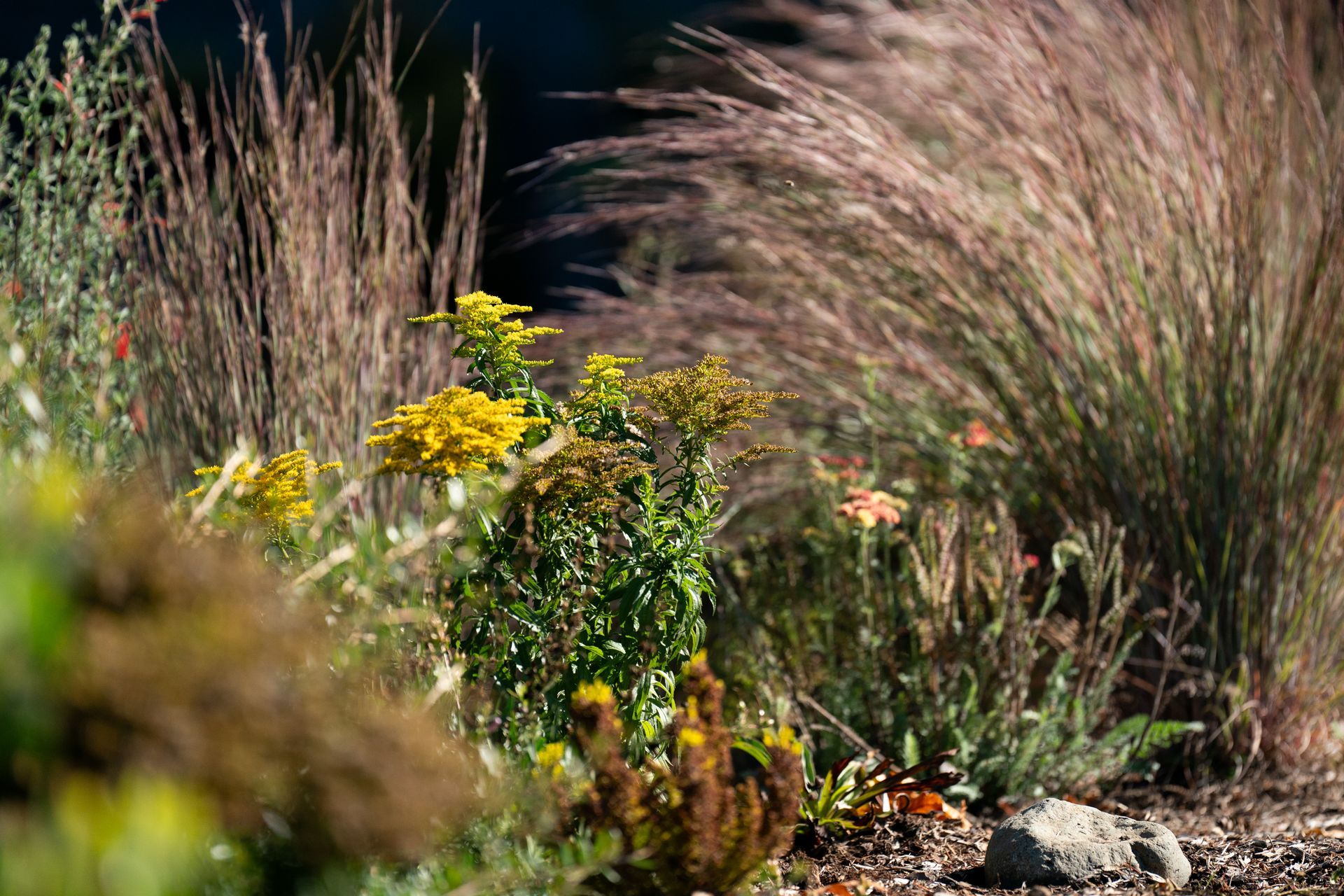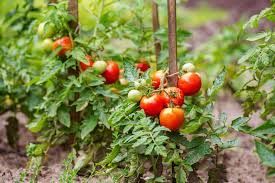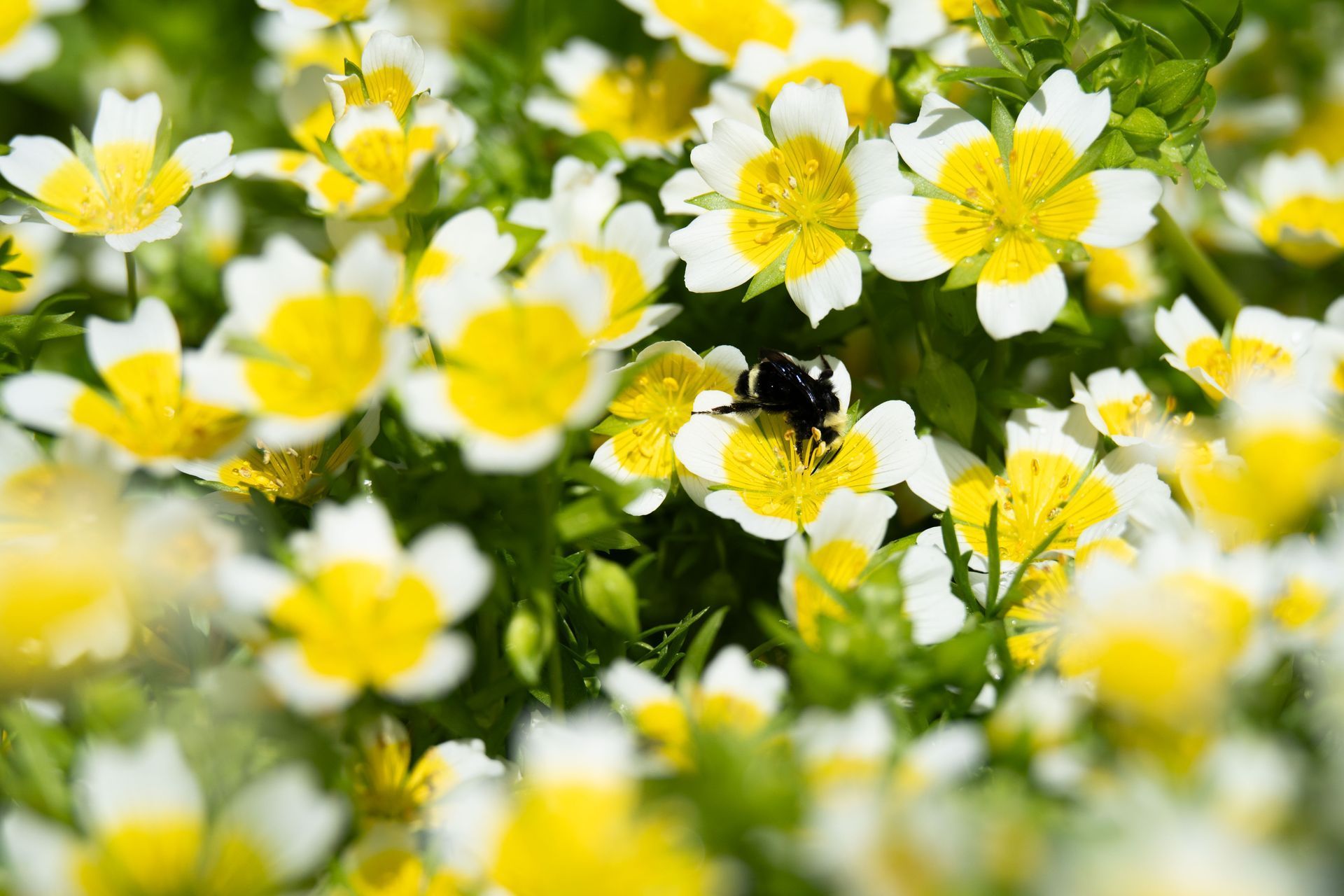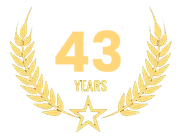The Tomato Effect
I found myself in line at the Nursery counter on a sunny, late March day. It was one of those wonderfully beautiful days that occasionally happen to us in late winter. There was a light, warm breeze causing the temperature to hover around 70 degrees Fahrenheit. Everyone in western Oregon was feeling the beckoning of nature to come out and enjoy!
I was having a daydream about what type of slug bait I should purchase when I heard a voice over the top of the patient line of gardeners say, “Where are your tomatoes? I did not find any on the tables.”
I was somewhat shocked but held my voice, thinking that I would listen to what the sales person at the nursery would reply! (Under my breath I was going to say, “The tomatoes that you are seeking are still seeds, just now being sown in greenhouses somewhere in the Willamette valley. They will appear sometime in early May in this nursery in order to be planted in late May in the ground. They would not grow or most likely slowly die if one planted them outside now.”)
The sales person slowly replied, “The tomatoes are not here yet, there is still a potential for a killing frost. We do have tomato seeds here in packets on the wall if you want to start them that way.”
The person requesting the plants said he would look elsewhere for the plants.
As I pondered this person’s comment, I thought, “We as a present, contemporary group of humans are FAR removed from our agricultural roots.”
Any great-grandmother or great-grandfather of any one of us who are now standing in this line would know that tomatoes should not be planted until the ground is warm enough for them to thrive. This magic moment for tomato planting in the Willamette Valley is normally the last week of May or the first week of June.
The virtual world, which is so available to the average person on the street, makes us feel that tomatoes and about every other type of food is available—if we have enough money. And we demand to have it now! If we can purchase the fruits in the grocery store then why can’t we plant it in our yard right now?
We must decide to share what we know in order to feed us efficiently from our gardens and find out what will grow and multiply in our climate. The cycle of life and weather will teach us through the school of hard knocks, if it is not communicated to us by another human! There is always something new to learn in this field and now, since it is no longer a part of growing up in America for 99 percent of us, most of this information must be leaned as a full-grown adult!
I call this human experience the “Tomato effect.”
